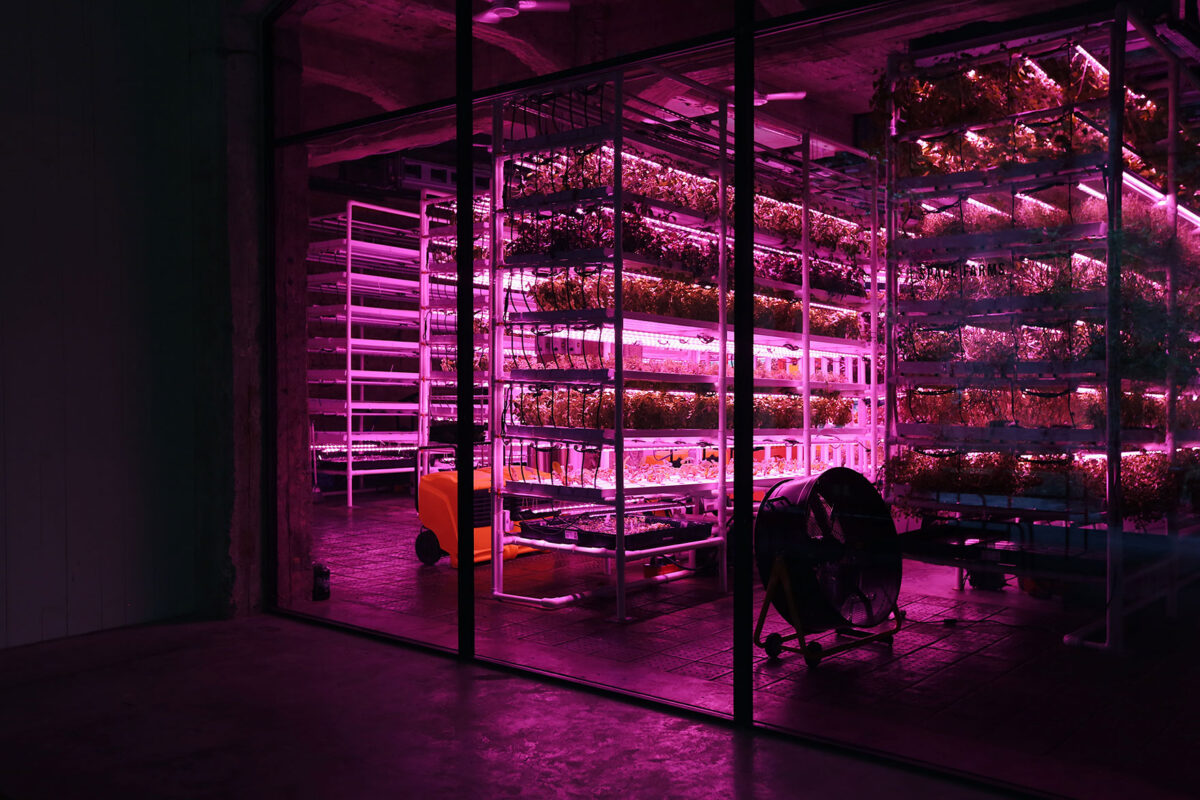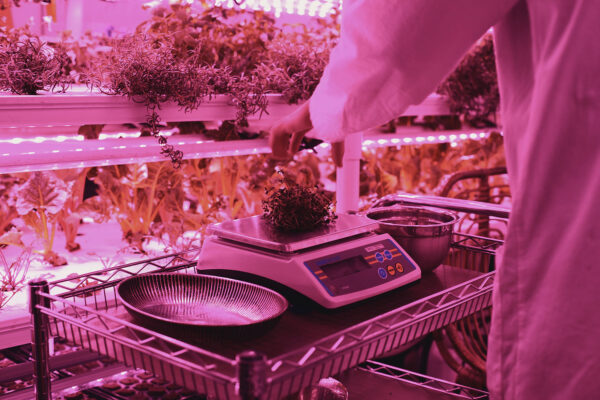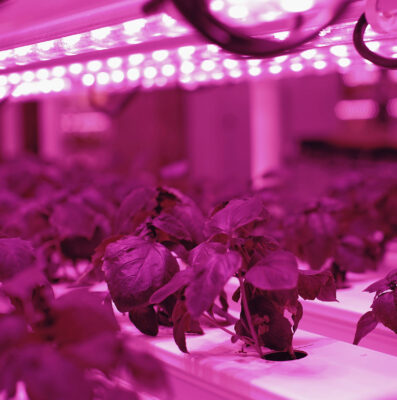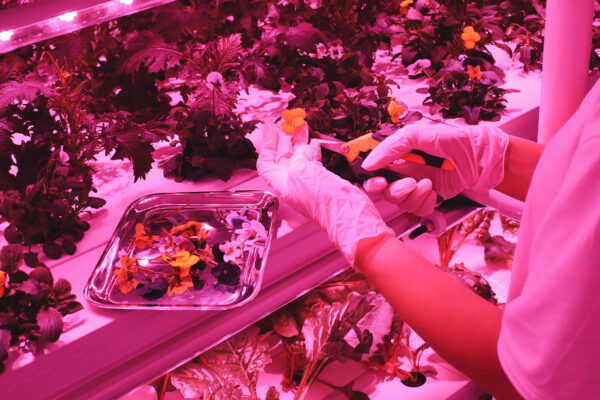Even though vertical farming might seem like a novelty, it is not a new idea. South American indigenous people have long used vertically stacked food growing methods just like the East Asian community that has built rice terraces following a similar principle.
In 1915, American geologist Gilbert Ellis Bailey created the term “vertical farming.” Since then, the concept was repeatedly looked into by scientists and architects especially toward the end of the 20th century.
How Was The Concept of Vertical Farming Invented?
Farmers began proposing techniques to protect their crops by placing a flat glass roof above the plants in the early twentieth century, and this concept of integrating agriculture into a built environment was born. The first greenhouses, as we know them now, were developed in the following years.
But the problem with greenhouses is having many climate variations that can often limit plant growth, resulting in the loss of flavor and a reduction in nutritional value.
Scientists began addressing the issue of variation by establishing more ideal conditions and testing with variables such as temperature and CO2 for ceaseless plant growth in greenhouses, even on a very cold winter day. They even started growing plants without soil in the early 1970s, and as a result of this accomplishment, the agricultural carbon footprint was substantially decreased.
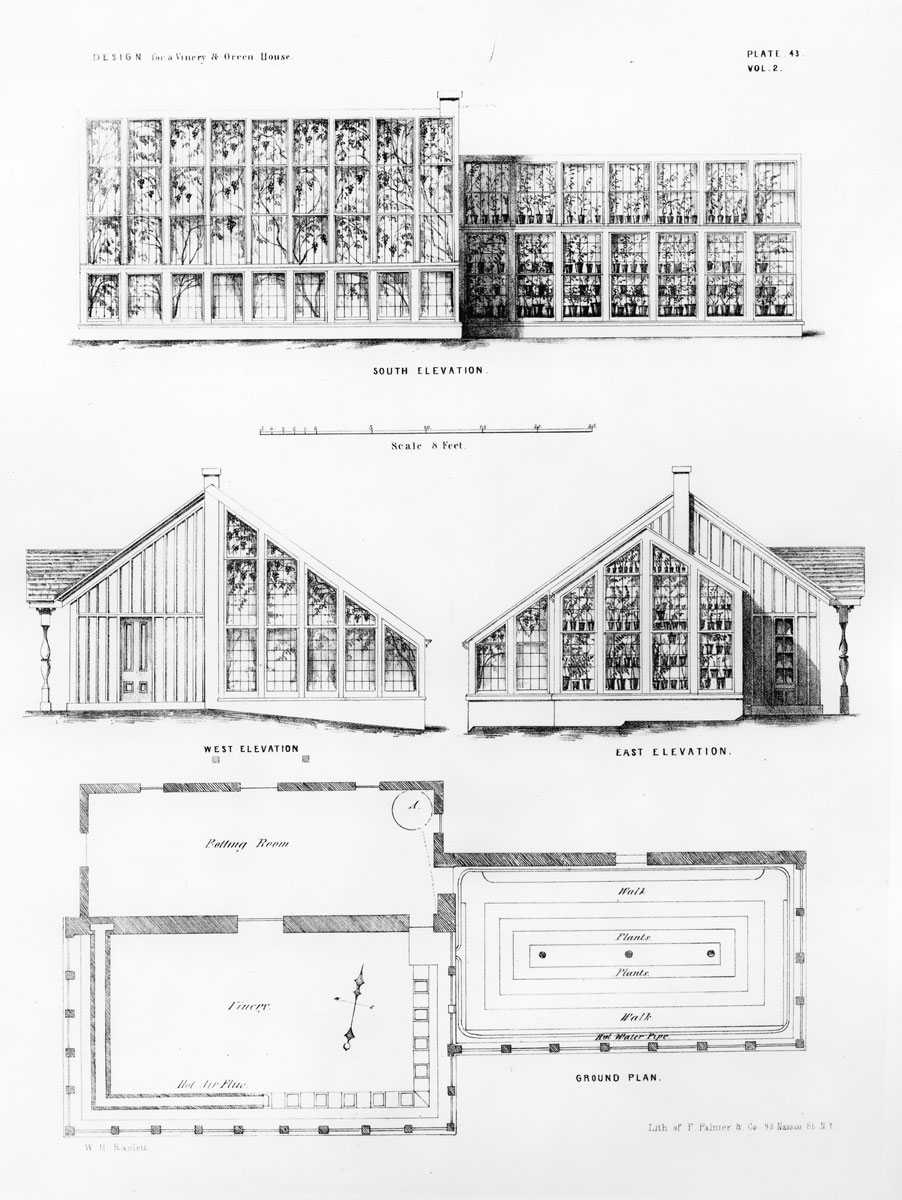
Frances Palmer, “Design for a Vinery & Green House” (1851) 
Robert Squibb, Green-House (1827)
Growing Vertically
In 1999, Dr. Dickson Despommier’s classroom came up with the concept of the vertical farm as a theoretical construct for dealing with a wide range of environmental concerns, specifically how to modify the way we raise food. The professor and his students’ initial concept was “rooftop farming.” The students determined that rice grown on rooftops could feed no more than 2% of Manhattan’s population. If the rooftop idea failed, Despommier recognized that they could simply grow crops within the buildings, as cultivating and watering plants indoors was already a common practice.
Manhattan, with its numerous unoccupied high-rise buildings, was the ideal place to test the concept. According to Despommier’s students, a single 30-story vertical farm could feed more than 50,000 people. They determined that 160 identical structures could offer food to everyone in New York City year-round, regardless of the weather or climate.
Controlled Environment Agriculture
Later, technological improvements including hydroponics and artificial lighting were utilized to improve growing conditions, and LED lighting was adopted in greenhouses in the previous decade. This made farming crops indoors easier.
But the scientists did not stop there, realizing that manipulating plants and modifying them to fit the environment was not a long-term solution. Instead, they created a controlled indoor system that provides and optimizes the required environment based on the crops’ requirements; this innovation is known as Controlled Environment Agriculture.
Why Vertical Farming?
According to the United Nations, the global population will surpass 9 billion people by 2050. The Vertical Farm Project estimates that based on present agricultural productivity rates, an area the size of about half of South America will be required to feed the larger population. The traditional farming industry had been able to keep up until recently. Scientists are now warning us that agricultural productivity has reached its limits. Furthermore, most of the land and soil used to grow the world’s food has degraded and is no longer usable.
Vertical farming could play its role in solving the world hunger of an ever-growing population by producing larger amounts of crops in the smaller area sustainably and affordably.

 Eng
Eng Geo
Geo